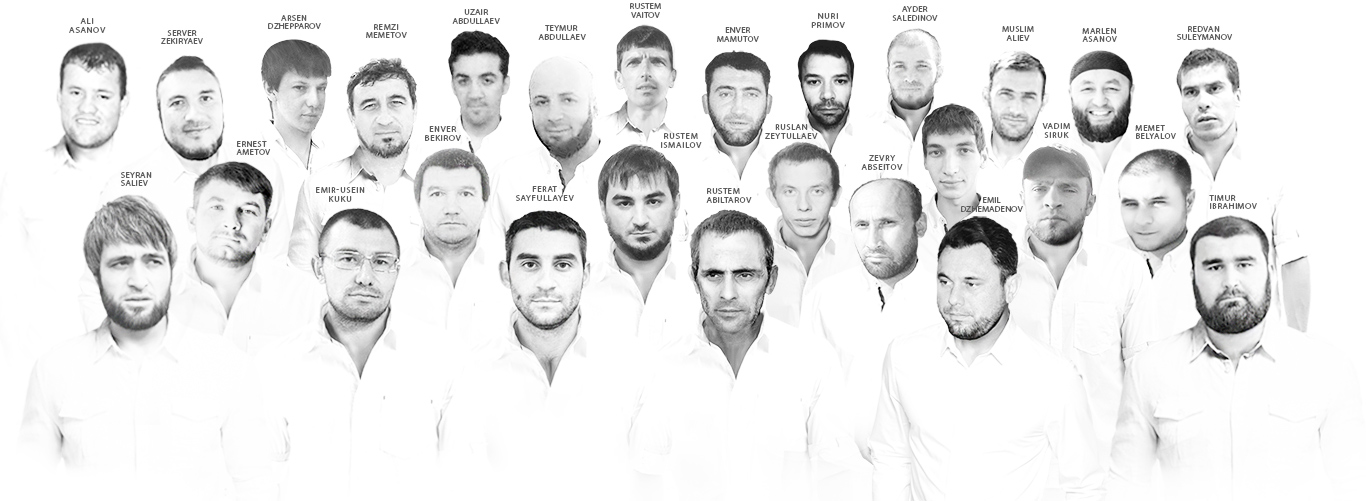 On January 5, there was an appeal in Ukrainian social media to boycott the products of the Coca-Cola company because of the map of Russia posted on the corporation's official site in the Russian social media network VKontakte.
Initially, the site posted a map of Russia without Crimea, the Kaliningrad region or the Kuril Islands (parts of which are claimed by both Russia and Japan -- Ed.). But later the page posted an apology along with a revised map that included these territories.
This incident generated a storm of criticism from Ukrainian users who called for a boycott of Coca-Cola beverages. The scandalous post was removed, and Clyde C. Tuggle, senior vice president, chief public affairs and communications officer at the company, apologized for the misunderstanding. His letter of apology was presented to Valeriy Chaly, Ukraine's ambassador to the US
On January 5, there was an appeal in Ukrainian social media to boycott the products of the Coca-Cola company because of the map of Russia posted on the corporation's official site in the Russian social media network VKontakte.
Initially, the site posted a map of Russia without Crimea, the Kaliningrad region or the Kuril Islands (parts of which are claimed by both Russia and Japan -- Ed.). But later the page posted an apology along with a revised map that included these territories.
This incident generated a storm of criticism from Ukrainian users who called for a boycott of Coca-Cola beverages. The scandalous post was removed, and Clyde C. Tuggle, senior vice president, chief public affairs and communications officer at the company, apologized for the misunderstanding. His letter of apology was presented to Valeriy Chaly, Ukraine's ambassador to the US
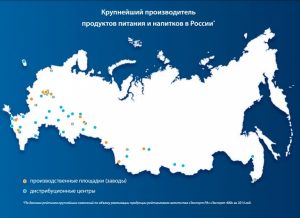 PepsiCo
After the Coca-Cola affair, the company's main competitor, PepsiCo, was caught in a similar error. Users of social networks noticed a map of Russia that included Crimea on the company's Russian site. A company brochure was included in which Crimea was shown as belonging to Russia. After the Coca-Cola scandal, Pepsi's Russian representatives quickly removed this image from the site. However, this brochure can still be seen in the Web archive through the saved link. Ukraine's Ministry of Foreign Affairs has expressed concern to the Pepsi Corporation for the posting of a map on the company's site depicting Crimea as part of Russia.
FIFA
The International Football Federation FIFA has also apologized to Ukraine for a video that was screened during the presentation of the official emblem of the 2018 World Cup in Moscow. The video, which was projected on the façade of the Bolshoi Theatre, depicted a map with Crimea as part of Russia, the host country for the championship. The International Football Federation subsequently removed this video from its YouTube page and apologized to the Football Federation of Ukraine, stressing that a Russian creative agency prepared the video project on behalf of the organizing committee. Despite the apology, the Ukrainian Foreign Ministry sent a note of protest to FIFA.
PepsiCo
After the Coca-Cola affair, the company's main competitor, PepsiCo, was caught in a similar error. Users of social networks noticed a map of Russia that included Crimea on the company's Russian site. A company brochure was included in which Crimea was shown as belonging to Russia. After the Coca-Cola scandal, Pepsi's Russian representatives quickly removed this image from the site. However, this brochure can still be seen in the Web archive through the saved link. Ukraine's Ministry of Foreign Affairs has expressed concern to the Pepsi Corporation for the posting of a map on the company's site depicting Crimea as part of Russia.
FIFA
The International Football Federation FIFA has also apologized to Ukraine for a video that was screened during the presentation of the official emblem of the 2018 World Cup in Moscow. The video, which was projected on the façade of the Bolshoi Theatre, depicted a map with Crimea as part of Russia, the host country for the championship. The International Football Federation subsequently removed this video from its YouTube page and apologized to the Football Federation of Ukraine, stressing that a Russian creative agency prepared the video project on behalf of the organizing committee. Despite the apology, the Ukrainian Foreign Ministry sent a note of protest to FIFA.
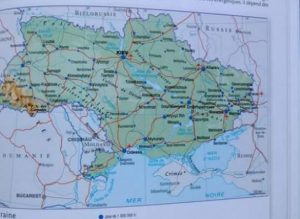 Éditions Larousse
In October last year the French publishing house Éditions Larousse issued a socio-economic atlas of the world for 2016, where Crimea is presented as Russian territory. The photo spread rapidly on the Internet, triggering outrage among many users.
The Embassy of Ukraine in France called this incident a "very unpleasant surprise" and demanded that the map be corrected. The French Ministry of Foreign Affairs responded rapidly to the scandal and confirmed that it does not recognize the Russian annexation of Crimea and is committed to the territorial integrity of Ukraine. The electronic version of the atlas was corrected, but a number of printed copies with the error reached the stores nonetheless.
Éditions Larousse
In October last year the French publishing house Éditions Larousse issued a socio-economic atlas of the world for 2016, where Crimea is presented as Russian territory. The photo spread rapidly on the Internet, triggering outrage among many users.
The Embassy of Ukraine in France called this incident a "very unpleasant surprise" and demanded that the map be corrected. The French Ministry of Foreign Affairs responded rapidly to the scandal and confirmed that it does not recognize the Russian annexation of Crimea and is committed to the territorial integrity of Ukraine. The electronic version of the atlas was corrected, but a number of printed copies with the error reached the stores nonetheless.
 Oxford University Press
The British Oxford University Press published a socio-economic atlas of the world for 2016 according to which the Crimean peninsula belongs to Russia.
The Ukrainian Ministry of Foreign Affairs sent an official letter to the Oxford University Press stressing the illegality of the annexation of Crimea and asking for a correction. The publishing house responded evasively, promising to "change the terminology regarding the status of Crimea and to add the UN's official position on this issue."
Oxford University Press
The British Oxford University Press published a socio-economic atlas of the world for 2016 according to which the Crimean peninsula belongs to Russia.
The Ukrainian Ministry of Foreign Affairs sent an official letter to the Oxford University Press stressing the illegality of the annexation of Crimea and asking for a correction. The publishing house responded evasively, promising to "change the terminology regarding the status of Crimea and to add the UN's official position on this issue."
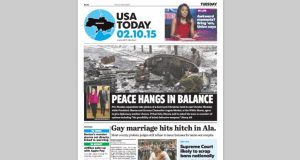 USA Today
The American newspaper USA Today ignored Washington's official position on the non-recognition of the Crimean annexation and on February 10 last year published a map of Ukraine on its front page without including the Crimean peninsula. Foreign Policy magazine brought attention to the error, commenting that "while the Western world refuses to recognize Russia’s annexation of Crimea, one of its largest newspapers just did." The newspaper has not responded to requests to comment on the incident.
Yandex and Google
Two large companies are trying to play it both ways -- Google and Yandex (Russian Internet company which operates the largest search engine in Russia -- Ed.). With many users in Ukraine and Russia, they developed two versions of Crimean maps. On Yandex maps for users in Ukraine, the peninsula is depicted as belonging to Ukraine; for Russians, it belongs to Russia. A similar strategy has been adopted by Google. In the Russian version, a clear boundary line separates the peninsula from mainland Ukraine. In the Ukrainian version, a dotted line is used.
USA Today
The American newspaper USA Today ignored Washington's official position on the non-recognition of the Crimean annexation and on February 10 last year published a map of Ukraine on its front page without including the Crimean peninsula. Foreign Policy magazine brought attention to the error, commenting that "while the Western world refuses to recognize Russia’s annexation of Crimea, one of its largest newspapers just did." The newspaper has not responded to requests to comment on the incident.
Yandex and Google
Two large companies are trying to play it both ways -- Google and Yandex (Russian Internet company which operates the largest search engine in Russia -- Ed.). With many users in Ukraine and Russia, they developed two versions of Crimean maps. On Yandex maps for users in Ukraine, the peninsula is depicted as belonging to Ukraine; for Russians, it belongs to Russia. A similar strategy has been adopted by Google. In the Russian version, a clear boundary line separates the peninsula from mainland Ukraine. In the Ukrainian version, a dotted line is used.
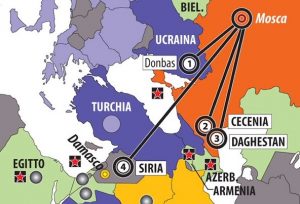 Limes
The most recent issue of the Italian geopolitical magazine Limes included a map of the world where Crimea is painted in the same colors as Russia. Ukraine's Ambassador to Italy Yevhen Perelyhin has demanded that the publisher of the magazine "bring the map into compliance with international law." In his letter the ambassador stated that either this is a technical error or a deliberate provocation "that is a challenge to the territorial integrity of Ukraine."
Limes
The most recent issue of the Italian geopolitical magazine Limes included a map of the world where Crimea is painted in the same colors as Russia. Ukraine's Ambassador to Italy Yevhen Perelyhin has demanded that the publisher of the magazine "bring the map into compliance with international law." In his letter the ambassador stated that either this is a technical error or a deliberate provocation "that is a challenge to the territorial integrity of Ukraine."


